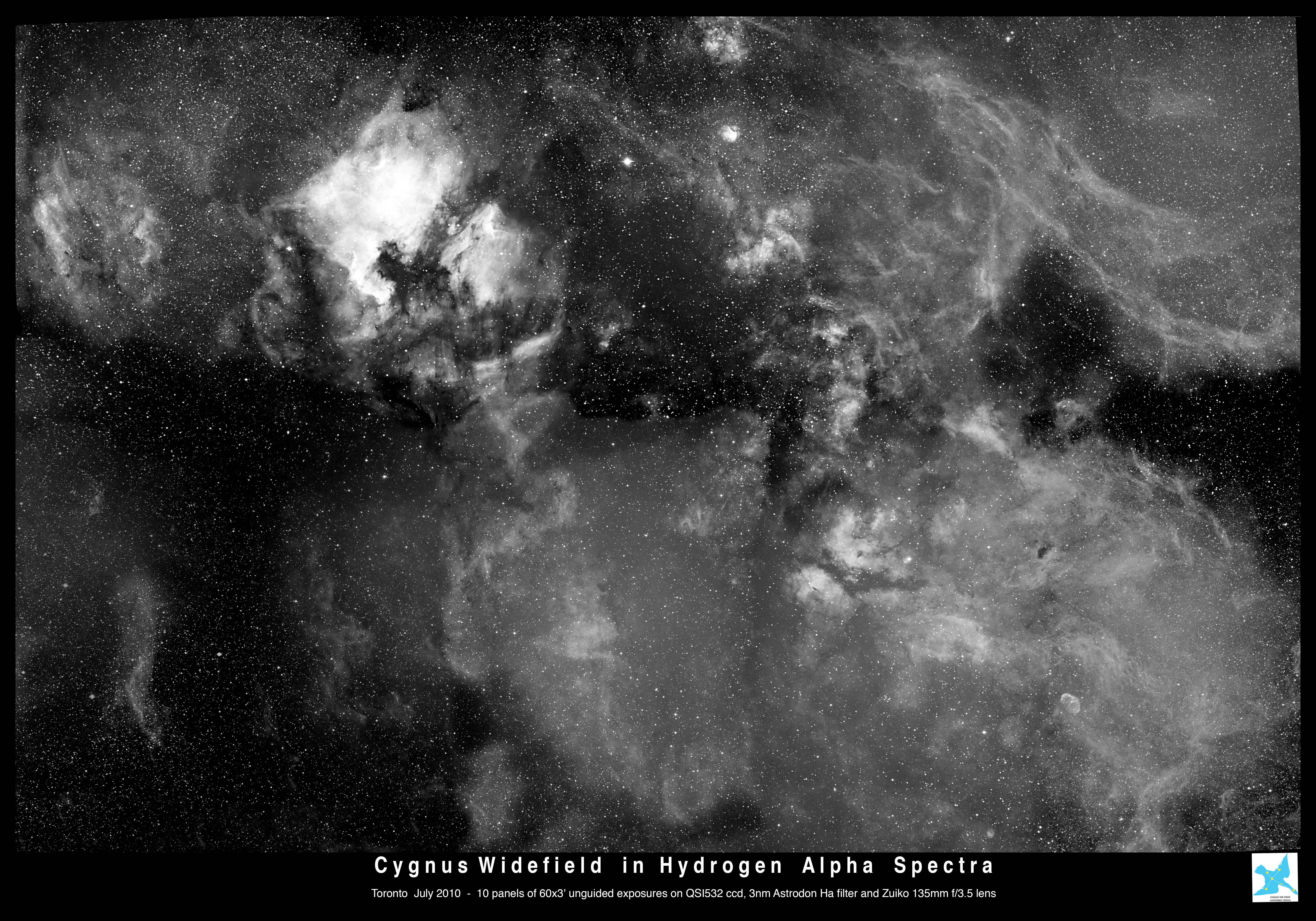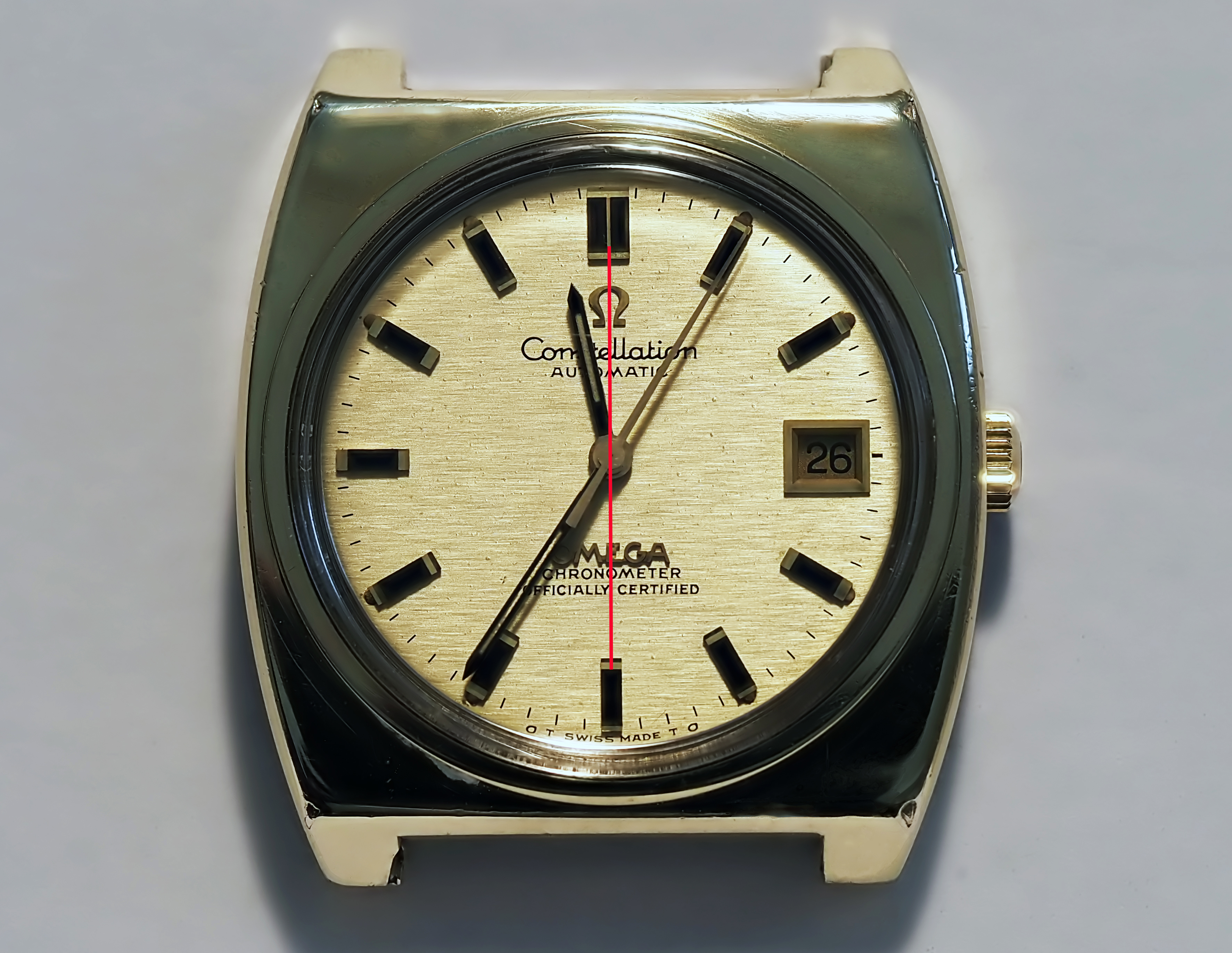(images taken with E-M1.2 and Zuiko 60mm f/2.8 Macro)
I bought another watch … that I don’t really need. I’m not really a collector but I am interested in the stories behind watches and the very niche world of watch photography.
It began in August 2020 when my former receptionist was getting married and she wanted to buy an expensive watch for her husband to be. It was a Rolex and I was astounded that it was so much more expensive than an equivalent Omega and that there was such limited availability from which to choose. The proud and happy groom was in turn shocked to learn that his watch would stop running, if he didn’t wear it every day.
How did Rolex surpass such an esteemed brand with such a storied history as Omega?
The travesty of the 2022 Beijing Olympics along with the recent acquisition of several inexpensive yet superbly innovative watches not “made in China” made me swear off ever buying Chinese replica watches. In the end you are wearing a watch to fool people into thinking that you have spent a considerable amount of money buying.
I had taken a considerable break away from astrophotography after the release of my first book in 2015 and I was thinking of ways to ease myself back into that world on a less obsessive scale. I used to spend a lot of time taking narrowband and false color images of deep space from my front doorsteps in Toronto and sacrificed a lot of sleep doing so.

I happened to be watching a YouTube review on a vintage Omega Constellation watch when the presenter turned the watch over to show the case back and I saw the unique engraving of the Geneva Observatory.


By 1964, Omega had demonstrated an accuracy of within 0.05 seconds over a 24 hour day or a variation of only 2.2 seconds through the entire 45 day testing period. Throughout the 50s and 60s no other manufacturer made more certified chronometer wrist watches than Omega, primarily through their Constellation line. It seems that Omega has made a watch model for every facet of my life. I had to get one.
The Internet is an unrivaled source of information and it can also be rife with falsehoods. I saw more than one pundit declare the watch was named after the Lockheed Constellation aircraft which was designed as a fast troop transport during WW2 and later as a highly successful civilian passenger plane and one of the earliest with a pressurized cabin (allowing it to fly above inclement weather increasing comfort for all those on board). He was most likely confused by the very real legal trademark battle between Omega vs Lockheed & Howard Hughes that did not get resolved until 1956. Howard Hughes had a hand in designing the Constellation and it broke several speed and transit records. That his airline company, TWA, also flew a fleet of Constellations made the plane inextricably part of his success and image. He was also fighting Congress to prevent rival Pan-Am from being named the sole American airline company with rights to overseas routes. So while the rest of the world knew the watch as the Omega Constellation, in the US and Canada the watch was initially marketed as the Omega Globemaster¹.
Like everyone else, I was particularly smitten with the 12 sided pie pan dialed Constellation from the mid 1960s with the Calibre 561 movement. But I’m not one for patina, I like my vintage watches looking fresh – which means many have refinished dials. Some are terrible but some are very convincing but ultimately they devalue the watch. The only way to know for sure is to have an original watch with an unassailable provenance, complete with original box and papers. However, I was only willing to spend three figures so this was not going to work.
I chose a model in near mint physical condition from 1970, the beginning of a new design era to accommodate younger clientele wanting thinner, sportier looking watches with accuracy levels raised to meet the coming quartz revolution.

Calibre 1001 (RIGHT) looks disappointing since it has less of a cosmetic finish but the functional finish of the surfaces where components contact is still very good. And the goal was to minimize thickness, why bother expend the effort on something even the buyer will likely never see. Omega could see the coming Quartz Revolution approaching and cost cutting was paramount if they wanted to survive the inevitable drop in sales. However, nobody predicted how truly awful that future sales drop would be. By 1982 the Swiss industry had lost two thirds of its employees and sales were decimated by both the Japanese quartz watches and throwaway Timex watches from America. Bankers intervened by installing new outside management which introduced the stylish and profitable SWATCH line that finally allowed the Swiss watch industry to recover and regroup. A watch during this period is still a month’s average salary . Omega today is a luxury item worth many month’s of an average salary so the need to cut costs is no longer there and exhibition case backs are now the style in order to show off the expensive beauty of the movement.
The Calibre 1000 debut in 1968 and its repercussions over the next two decades would set Omega behind Rolex in public perception until recently.
Calibre 1000 obviously functioned well and was worthy of continuing to be the basis for officially certified chronometers in some one and half million watches. It even accomplished quick date adjustment. But some early missteps soured the public perception. A higher beat means a stronger spring and greater force needed to rewind it. Typically this would be addressed with a heavier winding rotor able to exert that extra torque, but a thinner rotor and further reduction gearing resulted to reduce stress on the winding mechanism and more arm swinging movement was required to keep the watches sufficiently wound on a day to day basis. Instead of white collar professionals complaining about the poor auto winding ability, they should have viewed it as a harbinger to get out of the office more often. The other more problematic issue was the need for Omega to use the latest synthetic lubricants to achieve the new higher beat rate. Regular servicing was even more important in the new movement with higher stresses exerted at all gear and pivot points but the virtue of conventional oils is that once their volatile components have evaporated, they gum up the works and cause the movement to stop. This did not happen with the synthetics and people went far too long between service intervals and many components had to be routinely replaced due to excessive wear giving the appearance of poor design or durability.
A series of redesigns addressed all these issues with 1011 being the first proper variant and 1020 the last in 1984. Omega then abandoned the use of in house movements and the prestige associated with that practice to simply use off the shelf ETA movements until the mid 2000s ceding market ascendency to Rolex until only recently with the introduction of their very own coaxial escapement movement.







.
BTW, looks like the watch may have been recently serviced. After 1 week, the watch lost exactly 7 seconds. That’s exceptional for any mechanical movement, let alone a 50 year old chronometer with a movement that’s not supposed to work well. And I didn’t have to manually rewind it once and my job does involve quite a bit of sitting.
¹Ironically, the Globemaster is also the name of a famous US transport aircraft that has gone through three generations of design, but the Douglas company during the 1950s didn’t seem to mind sharing it with Omega.
²Gerald Genta is probably known as the most famous watch designer of the 20th century, particularly for his work designing the Audemars Piguet‘s Royal Oak.



My father had an original Omega Constellation from the 1960s which I sent to Omega for restoration a few years ago. They do a complete restoration including the dial (and swapping out tritium). It’s well worth the investment.
I think Omega’s heritage restoration is better than Vacheron Constantin’s restoration work from a cosmetic standpoint although the movement in a vintage VC from the same era that I had restored by VC was was more precisely regulated.
If you like your vintage watches to look new, I think you will be happy sending it back to Biel.
LikeLike
Good to know!
LikeLike
166 is a non-chronometer reference. Use the correct one 168 to refere to a Constellation.
LikeLike
If you refer to the Omega Vintage Database you will see that 166 does indeed refer to a Constellation. https://www.omegawatches.com/watch-omega-constellation-omega-cd-166-0063
LikeLike